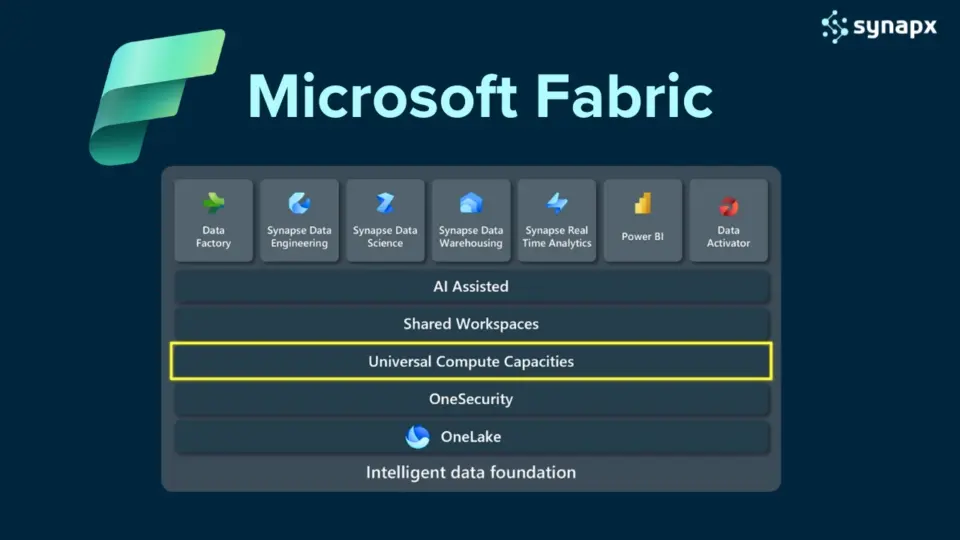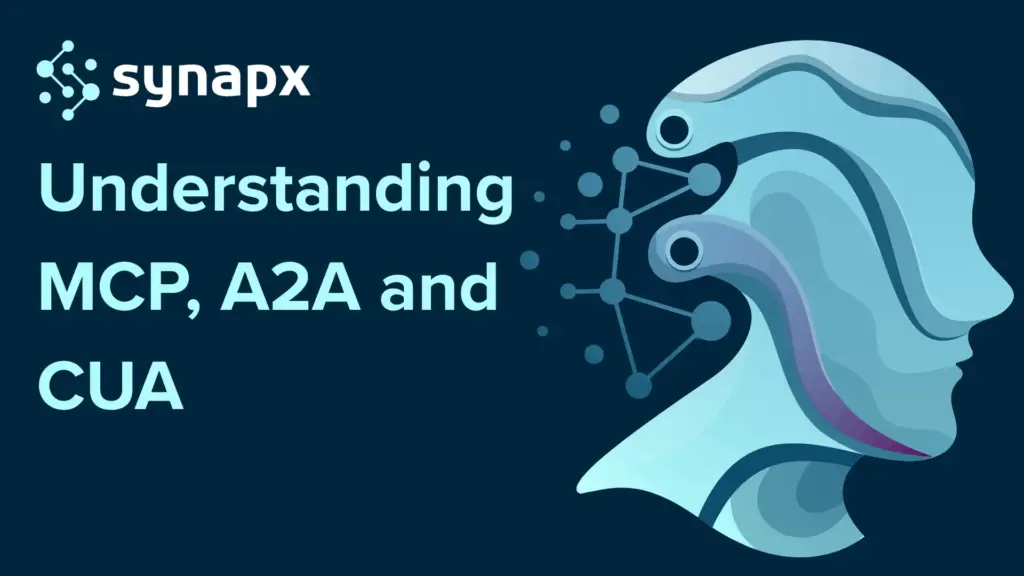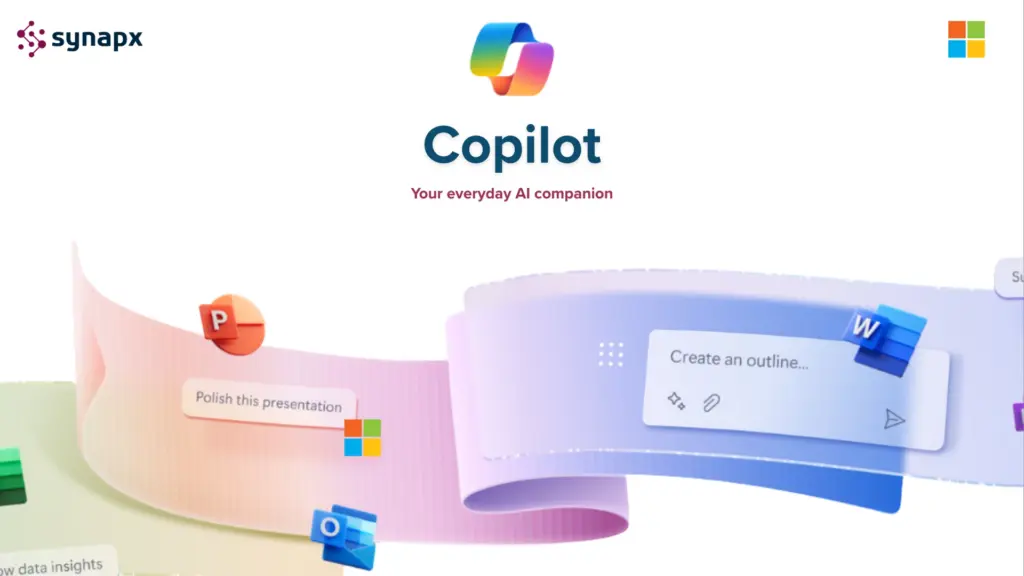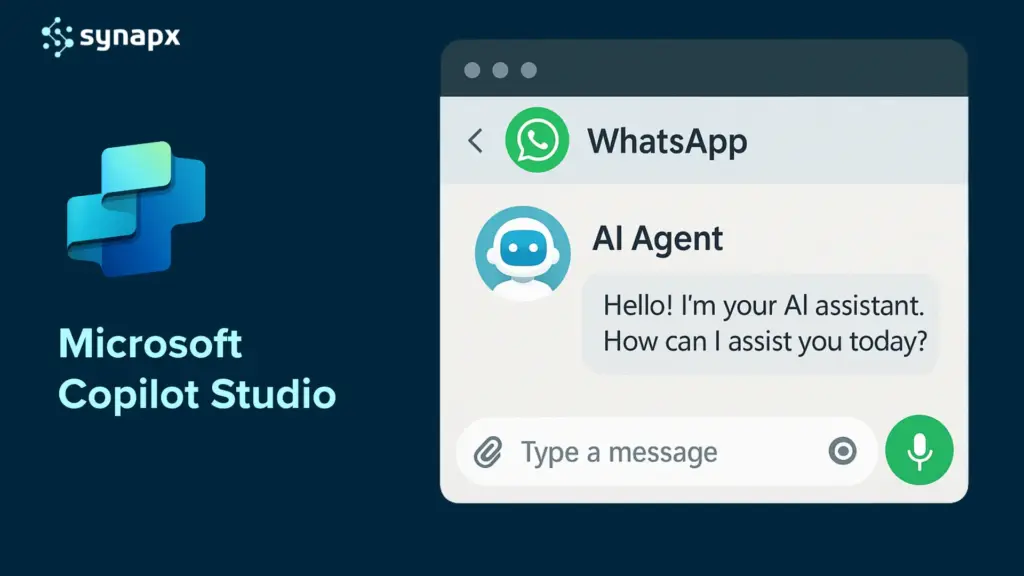Microsoft Fabric has quickly become one of the most talked-about data platforms for businesses looking to unify analytics, data engineering, and governance, all in one place.
But there’s one thing many of our clients ask us straight away:
“How does the pricing work?”
If you’ve been confused by terms like “Capacity Units” or “F SKUs”, this guide is for you. Here’s a no-jargon, simple breakdown of Microsoft Fabric’s capacity-based pricing, how it works, and how to estimate what your business might need.
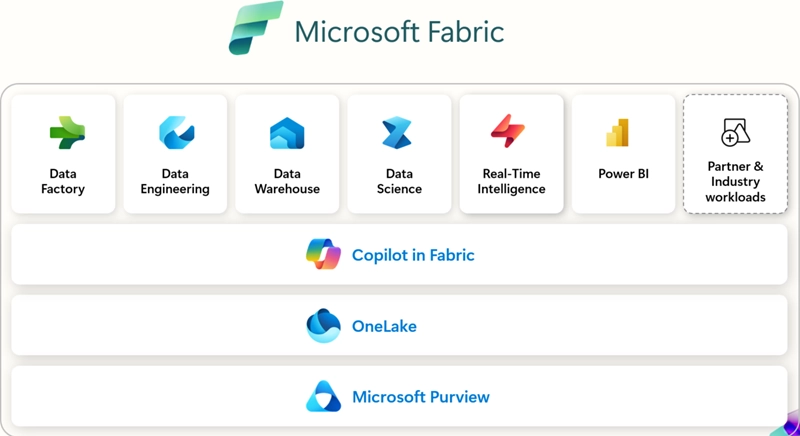
Fabric Capacity: What Does It Mean?
Microsoft Fabric pricing is capacity-based, not user-based. This means instead of paying per user (like Power BI Pro), you’re paying for the overall computational power your organisation needs to run reports, load data, perform AI modeling, refresh dashboards, and more.
It’s like buying an engine:
- A small engine (F2) is fine for light usage
- A larger engine (F64) can handle big data pipelines, complex queries, and multiple teams running analytics in parallel
The more you’re doing with your data, and the faster you want results, the more capacity you’ll need.
This works only if SKU is >= F64, developer needs pro license and <F64 each user needs pro license.
What Is a Capacity Unit (CU)?
A Capacity Unit is Microsoft’s way of measuring the resources allocated to your Fabric environment, CPU, memory, and I/O. You subscribe to a Fabric SKU, such as F2, F4, or F64, and that defines how many Capacity Units (CUs) you get.
Each higher SKU offers:
- More computing power
- Higher concurrency limits
- Faster refresh rates
- Better performance for demanding workloads
What Are the Pricing Tiers?
Here’s a simplified breakdown of Microsoft Fabric SKUs (subject to your region and Microsoft license agreement):
| SKU | Capacity Units | Estimated Monthly Cost (GBP) | Use Case |
| F2 | 2 CU | ~£200 | Light usage, PoCs, small team reports |
| F4 | 4 CU | ~£400 | Small production workloads |
| F8 | 8 CU | ~£800 | Mid-sized teams, real-time dashboards |
| F16 | 16 CU | ~£1,600 | Enterprise analytics, large data models |
| F64 | 64 CU | ~£6,400 | Advanced workloads, multiple teams, and AI pipelines |
You can scale up or down depending on what your team needs and pause capacity when it’s not in use if you’re using a pay-as-you-go model.
What’s Included in Fabric Capacity?
When you subscribe to Fabric capacity, you’re not just getting compute power. You’re unlocking access to the full Microsoft Fabric ecosystem, including:
- Power BI Premium
- Data Factory (pipelines & dataflows)
- Synapse Data Engineering
- Synapse Data Science (Notebooks, AI modeling)
- Data Warehousing (lakehouses & SQL endpoints)
- Real-Time Analytics (KQL database)
- Data Activator (event-driven actions)
- OneLake (a unified data lake experience)
- Purview for governance, cataloging, and lineage tracking
It’s a powerful, all-in-one platform for your data estate.
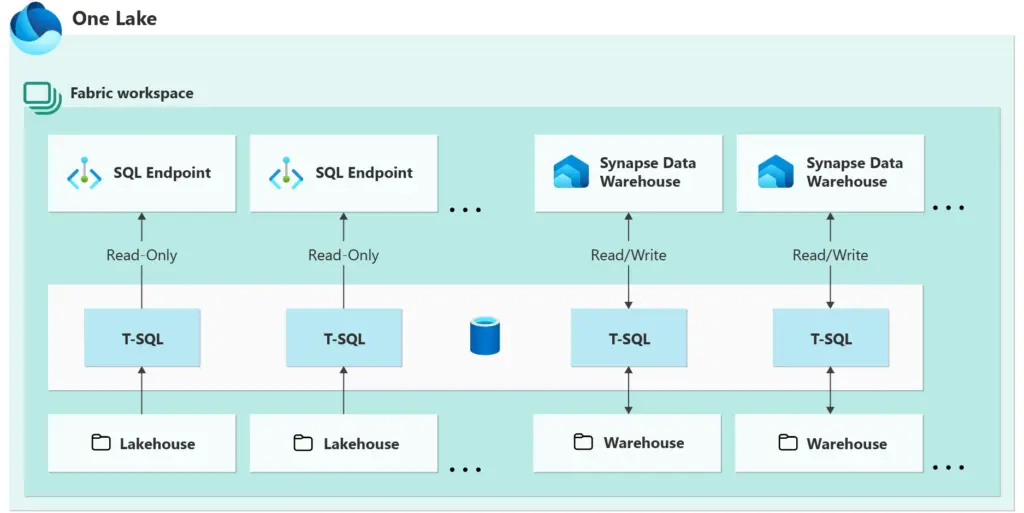
What About Governance and Backup?
Fabric is built with enterprise-grade governance in mind. With capacity-based licensing, you also get access to tools that help with:
- Data security and role-based access control
- Compliance tracking and data lineage
- Integration with Microsoft Purview for classification and policies
- Data backup and restore features in OneLake
- Disaster recovery readiness with Azure region-level redundancy
For regulated industries like insurance, finance, and healthcare, this level of control is a huge win.
Pay-As-You-Go vs Reserved Capacity
You can choose how to pay:
1. Pay-As-You-Go (metered):
- Billed by the second
- Ideal for development, experimentation, or irregular workloads
- Can be paused to save money when not in use
2. Reserved Capacity (1 year commitment):
- Significantly discounted pricing
- Best for consistent production workloads
- Can be shared across multiple projects or departments
Synapx often recommends clients start with F2 or F4 on PAYG for pilot projects, then scale or reserve once usage patterns are clearer.
Estimating Your Needs
So, how much capacity do you need? It depends on factors like:
- How often do you refresh your data?
- How many reports and dashboards are running simultaneously?
- Are you building dataflows or running AI models?
- Do you need overnight processing or 24/7 real-time access?
Synapx helps clients assess their data usage and recommend the right tier, avoiding overspend while ensuring performance.
Supercharge Fabric with Xscale
While Microsoft Fabric provides a powerful foundation, many organisations need help turning that raw capability into business-ready insights fast. That’s where Xscale, our accelerator platform, comes in.
Xscale plugs directly into your Microsoft data estate and helps you:
- Launch Fabric projects faster with prebuilt data connectors
- Standardise governance and compliance across departments
- Provide business users with intuitive dashboards and no-code workflows
- Streamline user onboarding and data access
- Track capacity usage and optimise performance in real time
It’s the perfect companion for scaling Fabric across the enterprise, especially if you want rapid ROI with lower technical overhead.
Final Thoughts
Microsoft Fabric capacity pricing isn’t just another cost, it’s a smarter, more scalable way to pay for a unified analytics environment.
And with everything from Power BI and lakehouses to notebooks and governance rolled into one license, the value is exceptional.
If you’re curious about how much Fabric capacity your organisation might need or want help setting up a cost-effective proof of concept, the Synapx team is ready to help.
Let’s Chat
Whether you’re evaluating Microsoft Fabric or ready to scale your analytics environment, we’re here to help.
- Want a personalised Fabric capacity estimate?
- Curious how Xscale could accelerate your rollout?
- Need help navigating governance, backup, or compliance?
Get in touch with Synapx and take the first step toward a smarter data strategy.
